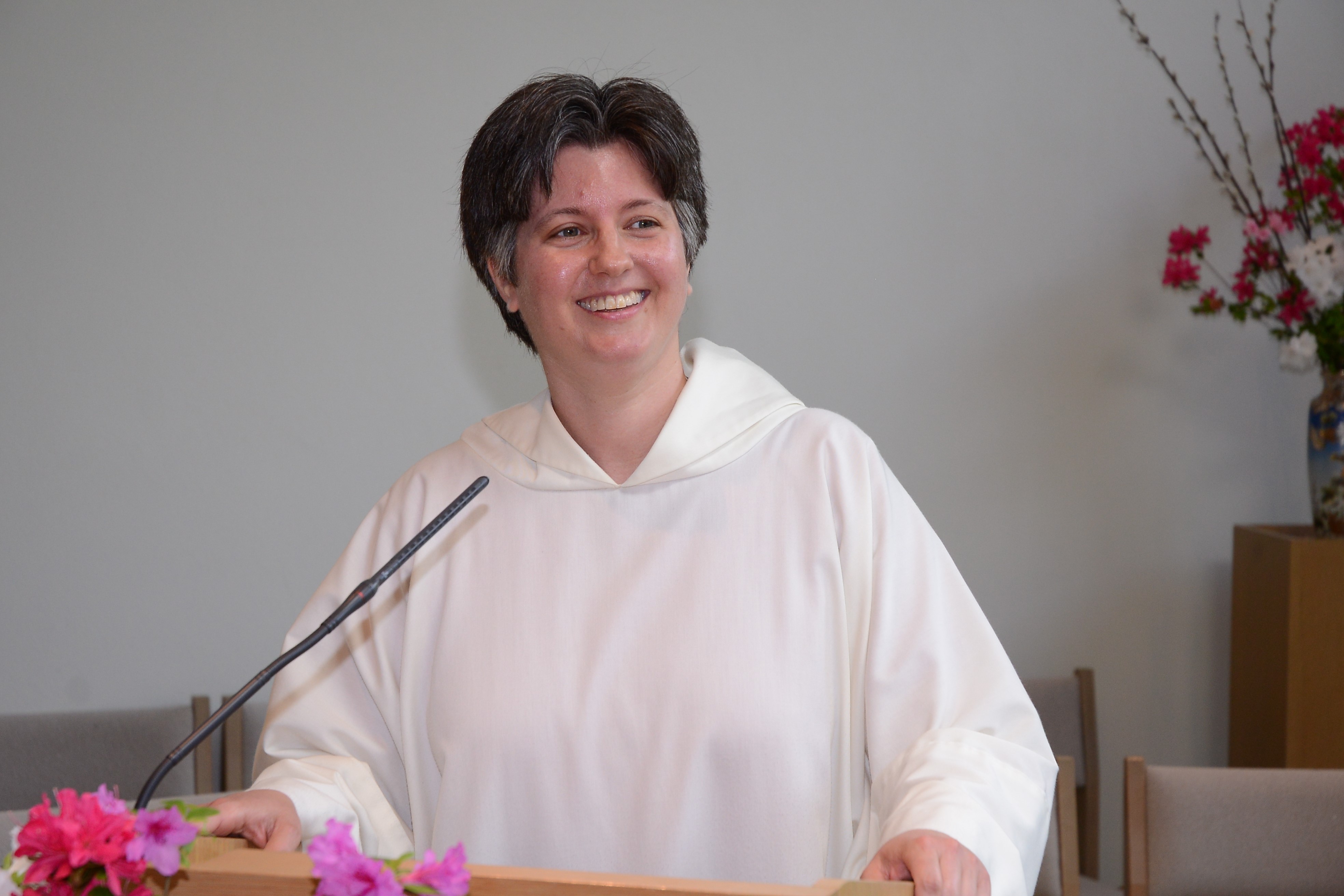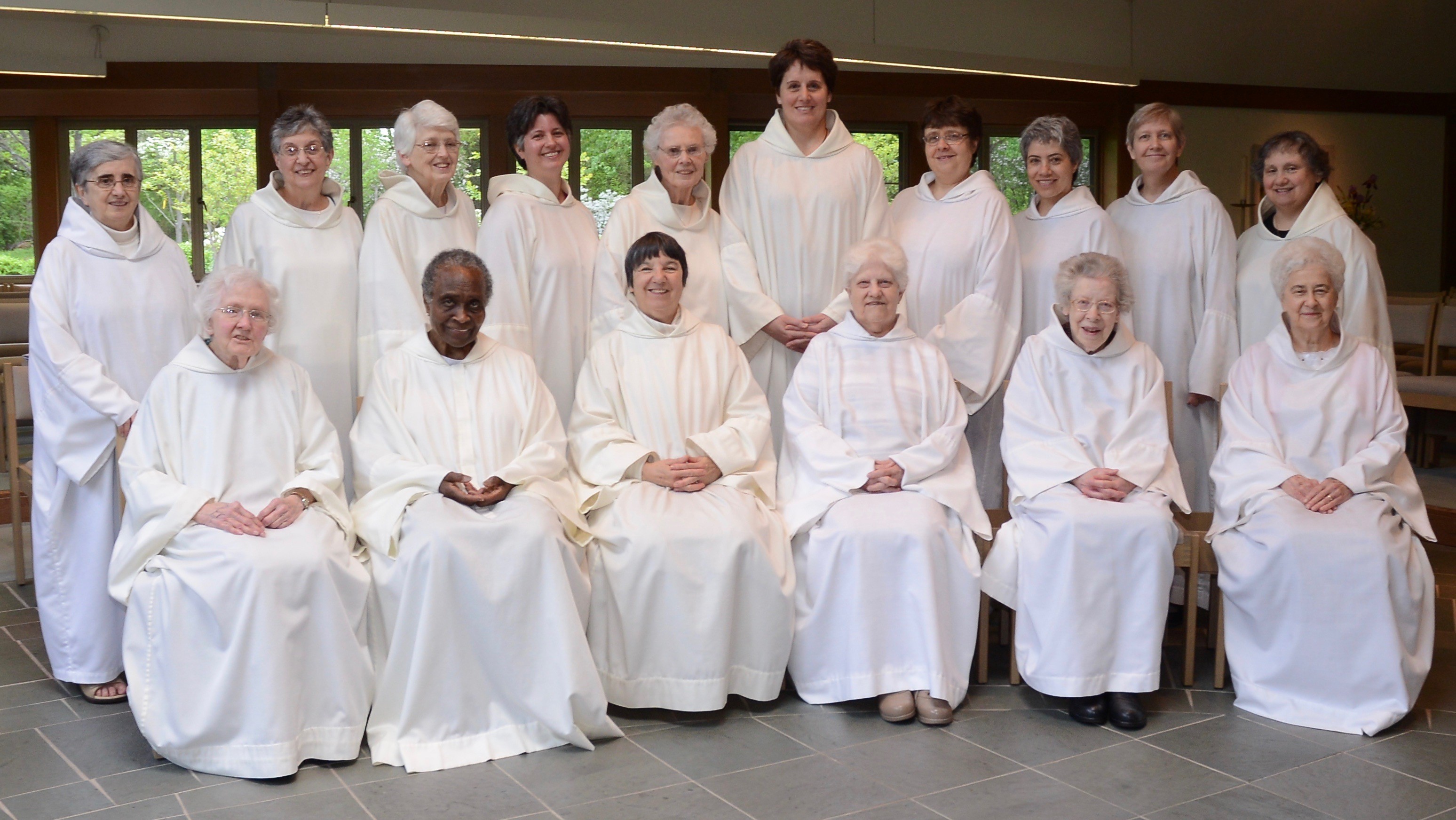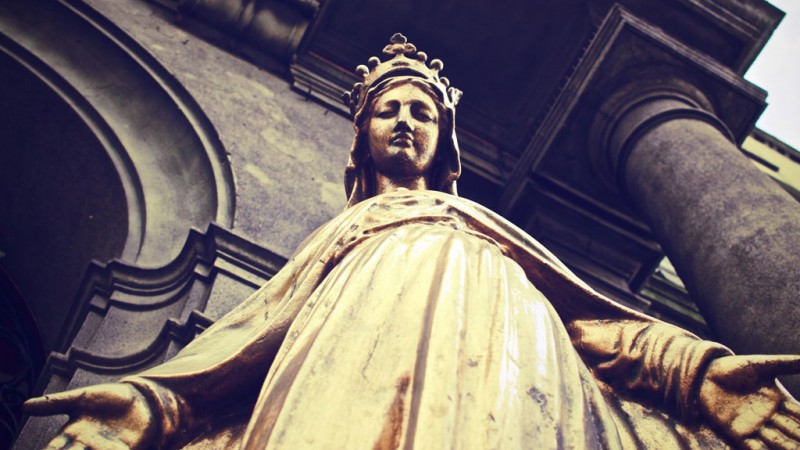
Guest blogger Sister Celia Ashton, OCD, is currently in formation as a Baltimore Carmelite nun. In this blog post, she talks about what her prayer life looks like and the joy that comes from living a contemplative life.
Prior to entering the monastery, I lived my life between the extremes of constant motion and exhaustion. Life always seemed to be demanding more. Perhaps you can relate to this? As I entered the monastery I was thrust into the depths of community life and the vast expanse of the desert. These two poles — community and the desert — are the scouring pads that continue to form me in the Carmelite life of prayer.
There is a rhythm to contemplative life that can only be experienced by living it day in and day out. Chanting the psalms, celebrating Eucharist, eating meals together, attentive listening in solitude, sitting quietly together in the Chapel, sharing a laugh, supporting one another on the journey — these are the notes that compose the melody of our contemplative life of prayer. There is an expansive beauty and richness to this life that is experienced in the changing liturgical seasons as well as in the changing seasons of our lives.
My time in formation is teaching me the importance of cultivating a disposition of interior silence. As enchanting as that may sound, it can be challenging and uncomfortable. However, with God’s grace the silence gives way to stillness and the presence of God becomes so palpable that one is content to simply rest in God and to allow the experience of the desert to form your inmost being. Thomas Merton wrote, “Hence monastic prayer, especially meditation and contemplative prayer, is not so much a way to find God as a way of resting in him whom we have found, who loves us, who is near to us, who comes to draw us to himself.”
Through my prayer, I am drawn into both an experience of the profound pain and suffering that is part of our collective consciousness, as well as the deep and abiding love of Christ that guides us toward unimaginable horizons of unity and connectedness with God and one another. I see the monastery as a place where the light of God breaks into a world of darkness; a place where those who have been wounded can find healing; a place where people can be immersed in the love, the peace, and the presence of God.
In 1977 Cardinal Eduardo Pironio said, “Contemplation is not an escape, contemplation is an encounter, a fulfillment. It is an encounter with the Word, with the fullness of the Holy Spirit’s action within us. Contemplation is not a separation. We live in the desert, but in the very heart of the desert we feel the agonies and the hopes of the whole world.”
I love this life! And I have chosen to give my entire life to it because I am convinced that the work of prayer and our living peacefully in community are vital to healing the many divisions that are becoming increasingly evident in the world today. The future flourishing of humanity depends on it and, in my opinion, there is no work more important than this.

